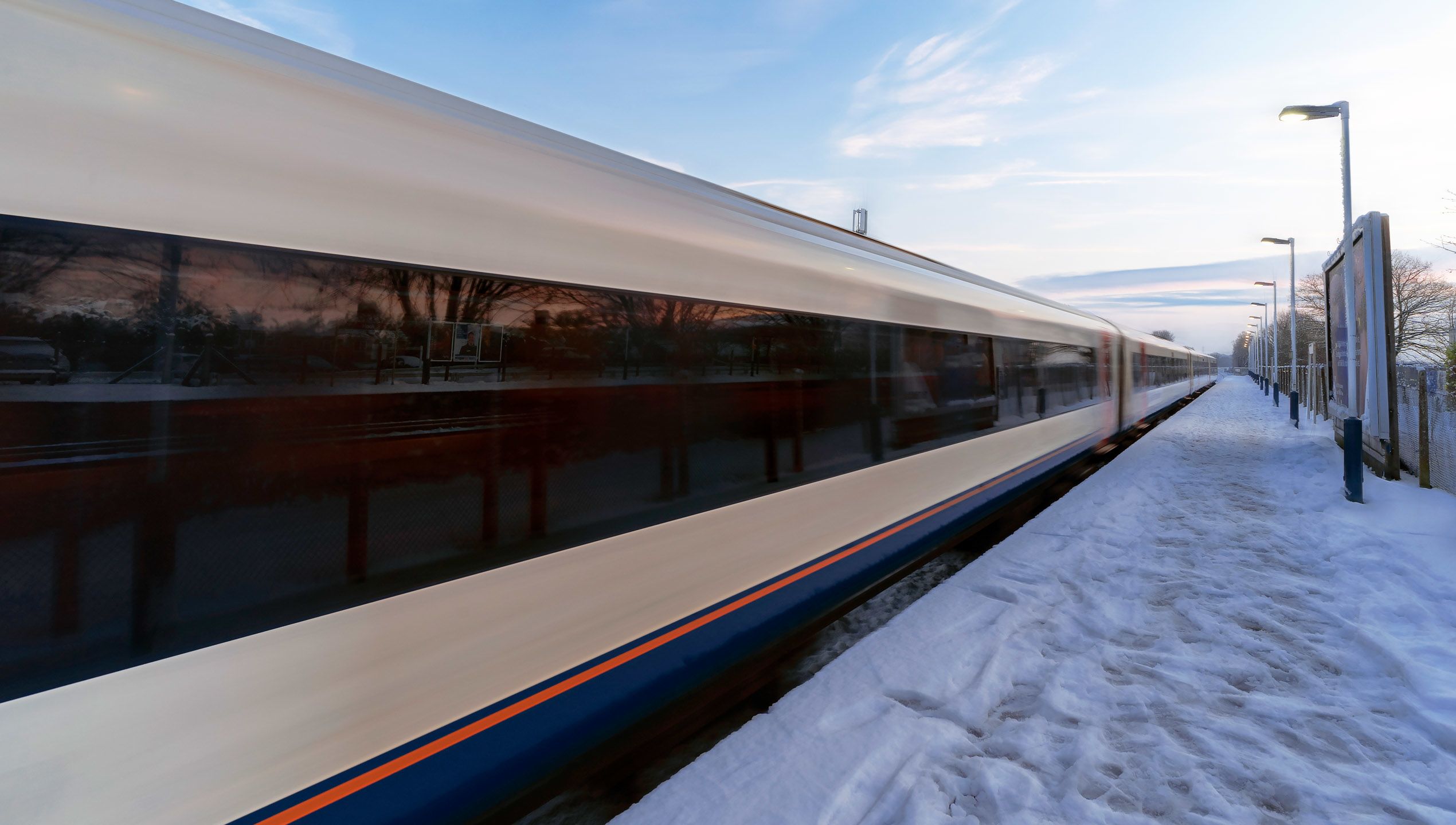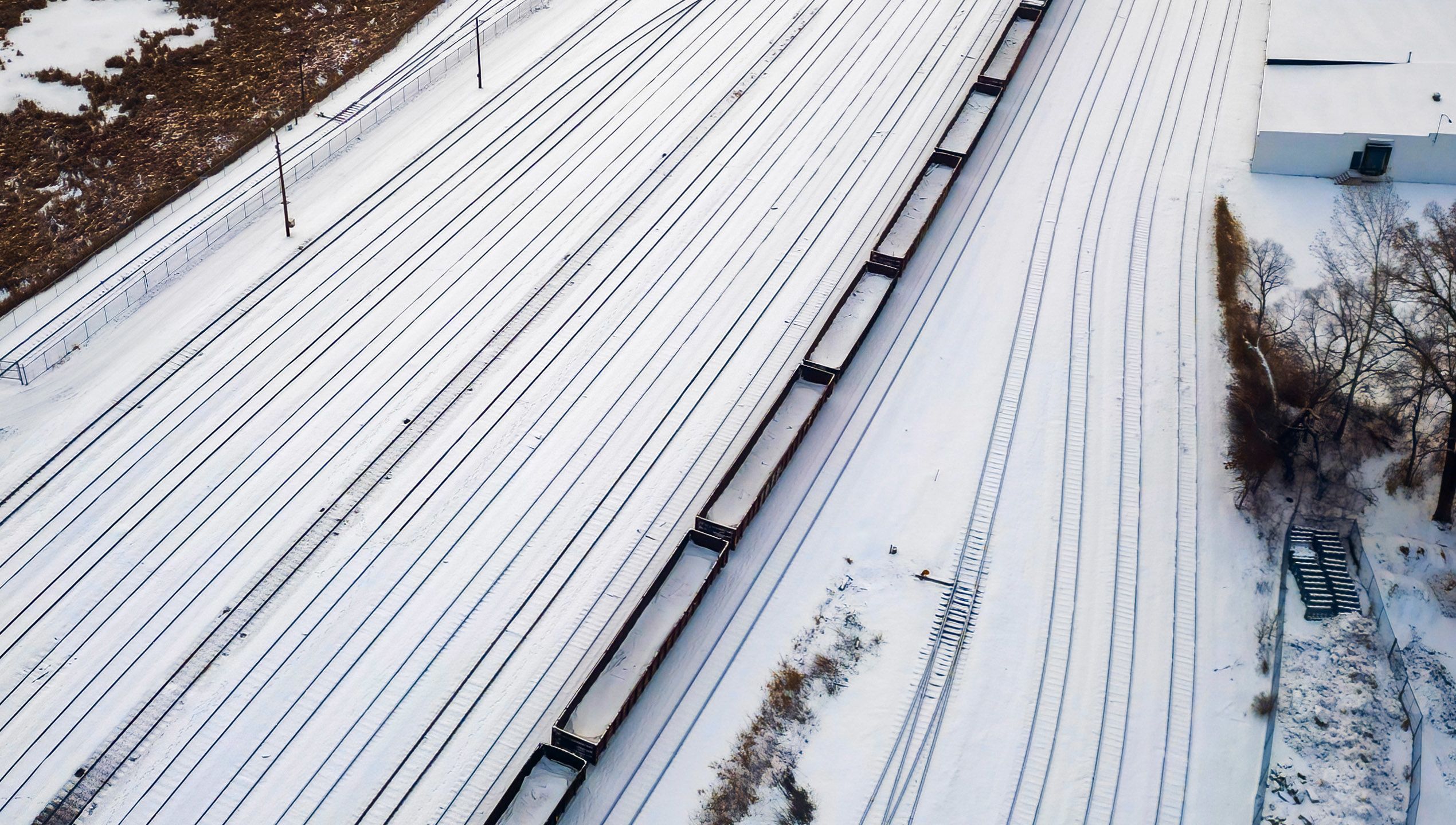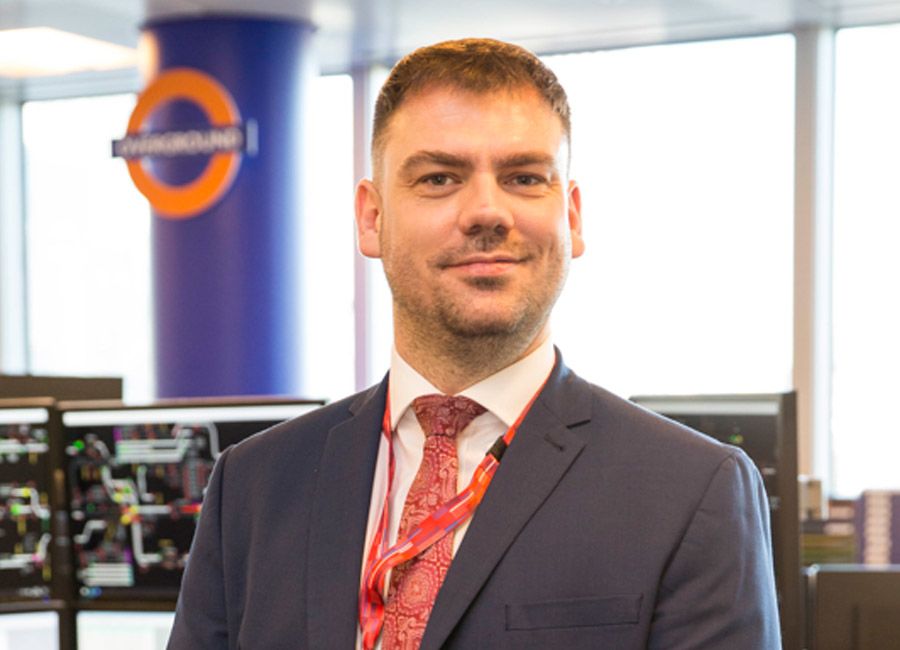That’s snowbusiness!
How we rose to the challenge of managing services and safety during December’s big freeze


Running a rail service in one of the world’s busiest cities is a challenging job at the best of times.
So, when London was hit by a sudden and severe spell of snow and ice in December, it was a real test of our resilience, planning and teamwork.
Added to the ongoing complication of industrial action across the industry, the cold snap proved a major challenge for colleagues across the network. With only a few hours’ notice of the approaching weather front, it meant getting ‘winterisation’ plans up and running quickly and effectively.
“I initially took a call about the cold weather on the Sunday afternoon,” recalls current operations manager Steve McDaniel.
“We get forecasts via Network Rail’s Met Office team, but no-one had been anticipating the level of adverse weather that night.”
Steve McDaniel
Steve McDaniel
At this point, well-prepared plans for severe weather were put into action. Calls were made to relevant teams across the business to ensure everyone had the latest information and the right decisions could be made quickly. With the severity of the weather increasing, the first priority was passenger safety.
“When we started to see a risk of trains losing traction and customers and staff slipping, it became apparent that our service wasn't going to continue, so my team then focused on getting the trains back to where they needed to be.
“We also decided to operate route proving services on all routes before passenger services resumed, which comes with its own challenges in resourcing drivers and trains to be able to do that.
“My role became more about looking forwards, understanding what we prioritise into the evening, overnight and potentially into the next day,” says Steve.
“Then, by Monday, we got to a stage where our priority then needed to be delivering the complex strike plans in place for the next day.”
“Undoubtedly, it's probably the best test of the plans we could have – throwing two significant disruptive events on top of each other.
“I know my team in control did an exceptional job of responding to different challenges. They made difficult decisions and had confidence in those decisions.
“In a scenario like this, there is no single person who can be accountable for everything. So, it was good to see everybody step up, respond to challenges, put plans in place and bring the jigsaw puzzle together.”
Passenger safety
One of customer experience manager Dujon Toussaint’s main responsibilities was ensuring stations were safe to navigate.
Dujon Toussaint
Dujon Toussaint
“We don’t want people slipping or falling, or any incidents at the PTI (platform train interface), so we look at the station layouts, which stations are the busiest and the biggest, and we mobilised snow-clearing resources on that basis. It was a case of going from priority station to priority station, assisting station staff, ensuring they had the right equipment and materials. There was also messaging for them to deliver to customers about the need to take extra care in the conditions.
“When the snow is coupled with cold temperatures as well, you're looking at the snow remaining and solidifying. That brings in different issues because now you're dealing with icy surfaces.”
As temperatures plummeted, there was also a need to consider colleague welfare, not just in terms of slippery surfaces, but by, for example, ensuring there were adequate oil-filled heaters on site if required.


Ready and available
Mayur Patel
Mayur Patel
Ensuring stock and equipment are ready and available at short notice is where infrastructure contracts manager Mayur Patel, has a part to play – with key winterisation preparations happening months in advance.
“We do a survey in June and July. That way we know, for example, exactly how much grit we've got and what we need to order in terms of spreaders, gloves, buckets and spades."
“During the winter weather itself we get reports on a daily basis on how much is being used and where, so we know what needs to be replenished.”
For fleet manager Terry Ingman, there were two main concerns: ensuring various winter-proofing measures on trains were in working order, and ensuring trains were in the right place at the right time.
Terry Ingman
Terry Ingman
“We did our winterisation preparation around September, doing extra checks on things like the heating within the vehicles, and systems which are designed for the cold weather. One problem we can have is that ice gets between the collector shoe and the third rail, so we have three Class 710 and six Class 378 trains with special de-icing equipment to lay de-icing fluid on the third rail. We had to ensure that those trains were in the correct place so they can help with the route proving and that they were on the correct schedule to return to the depots to have the de-icing tanks filled up."
“The 710s also have a ‘sleet brush’ which is relatively new to ARL – it scrapes the third rail as the trains pass. That proved particularly effective.”
Teamwork and good decisions
While management level decisions set the framework, front line station teams and drivers played a vital role in keeping the public safe by providing live feedback about conditions on the network.
James Carroll
James Carroll
“The information that we get from drivers in these circumstances is often the best source we've got,” says operations strategy delivery manager James Carroll. “They're like our eyes and ears out there, and we encourage them to raise anything they think has the potential to become a safety concern. The more we know, the quicker we can put measures in place to respond.”
Of course, the best laid plans are nothing without great teamwork and a willingness to take responsibility for keeping services running safely. Fortunately, ARL has that in abundance.
“Collaboration and communication between different teams is essential because otherwise everything grinds to a halt. The teamwork overall during the cold weather was exceptional.”
Dujon adds: “It wasn't somebody else's problem, it was everybody's problem. There was a unified response of ‘we'll get this done’. The can-do attitude was inspirational.”
For Steve, handling the twin challenges of the big freeze and industrial action, showed the strength of ARL’s plans and the talent of our teams.







